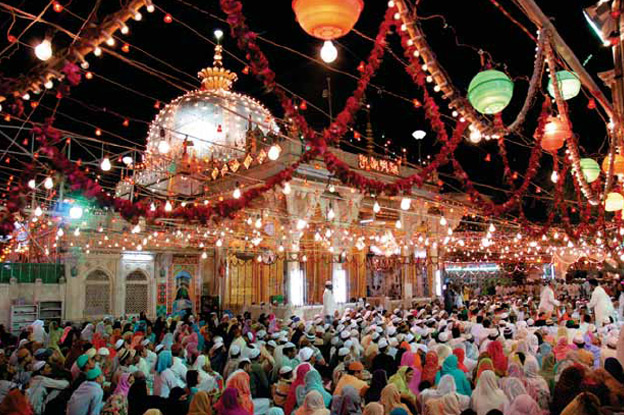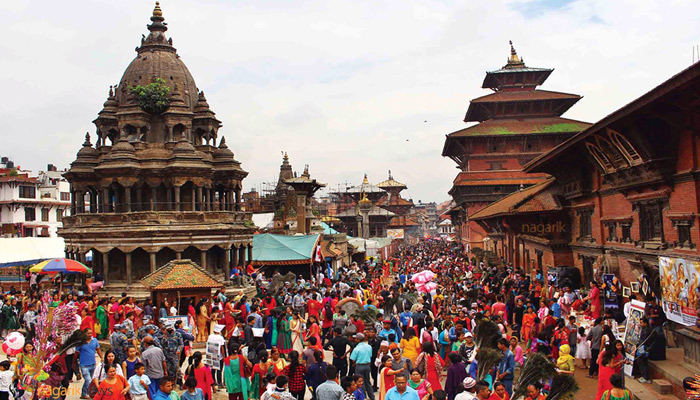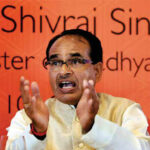PLACES of worship have special place in our lives. How and why this came about is difficult to say. It may well be a corollary of fear of natural phenomena, leading to appeasement practices by communities. They developed in due course, but the basic psychology remained intact.
Different religions gave their places of worship different names like church, mosque or synagogue, but temple seems to have been a generic name long in use. Not only India and east Asian countries, there are references such as Greek temples, Fire Temple of Zorastrians, King Solomon’s temple, Bahai temple, among others. Whatever their earlier purpose, they became places of worship over time. Temples, gurudwaras, churches, etc., are not the only places of worship or held sacred by their custodians. Nature and its creations often get exalted to status of God and get sanctified. In many parts of India, parts of forest or small enclosures are held sacred, where regular rituals are performed. Examples are: Kavus in southern India, especially Kerala, which means an abode of snakes and are revered as such; peepul tree is worshipped all over the country; and, groves of forest in several parts are held sacred and protected by the community along with the wildlife therein.
Looked at scientifically, these are clearly measures designed to protect nature, flora and fauna. They may well be regarded as precursors of wildlife protection efforts, today seen in shape of sanctuaries and various protection acts. Peepul tree likewise is revered on account of its invaluable property of releasing oxygen not only in day, but also at night. Obeisance to rivers, trees groves and wildlife, elevating them to holy status and even rituals around them are all part of a well thought out plan of providing protection against the most dangerous animal of all: human.
There is another set of “holy” shrines like majars of peers and graves of saints, who are believed to be endowed with healing powers. Whether holy men have divine powers will perhaps remain debatable. In any case, very often the process of healing may well be outcome of faith leading to positive thoughts. Be as it may, Hindu temples have not remained untouched by blind faith, whereby gods bestow blessings through their “agents” in form of priests of temples. It is hardly surprising that, by and large, temples widely known for their powers are also among the richest. Needless to say, when such wealth passes through the hands of those associated with the temples, it is bound to leave its mark on them. Exceptions will only prove the rule.
A new phenomenon came to the fore when some of the most unlikely youngsters started looking towards Hinduism, or rather Krishna, as their liberator and started movement of Hare Krishna and Iskcon. This despite the fact that Christian missionaries had left no stone unturned to denigrate Hinduism in their bid to proselytize. Many of these youngsters were inheritors of large fortunes. There were all kinds of followers: many simply liked the freedom it gave them, many thought it as a way to salvation without understanding a word of what they were saying or doing. Yet there were some who really took the trouble to learn Sanskrit and read scriptures, took diksha and Hindu names, became preachers and even worked as priests in Iskcon temples which came up in many cities of India and abroad, including one in Vrindavan. These temples are pleasing structures and have obviously been designed by competent architects. They attract Indians in a big way, either because of their well disciplined, clean and hygenic precincts, or because our love all things foreign—especially fair skinned. Some prominent Indians are even on the management teams. These temples also seem to attract young Indians, who shy away from “desi” temples with their untidy look, avoiding rubbing shoulders with “desi” multitudes.
As an aside, it reminds me of an incident during my maiden visit to an Iskcon temple. A young teenage boy in jeans entered, sat cross-legged and started singing ‘Raghupati Raghav’—pronouncing the words as ‘Raghupatti’, as any European would do. On enquiring, he admitted to being an Indian. So, I counselled him to pronounce the words of his mother tongue right and, in fact, guide his foreigner friends. Being a good boy, he responded positively and started singing with perfect pronunciation.
There is no uniformity among temples. For instance, while all gods and goddesses find a place in most temples, presiding deity differs according to the belief of concerned sect, like Shavites, Vaishnavites, Durga-centric and others. This is perhaps in keeping with openness of Hindu religion which has no problem with such diversity. There are differences also in temple entry rules: many Kerala temples do not allow entry except in local dress consisting of a waist garment (mundu) and a small towel for bare-chested men. Non-Hindus are generally not allowed in most Kerala temples, which is not the case in rest of India by and large. Then there is Sabarimala temple, where women in their reproductive age group are not permitted.
SEEING temples in Nepal seems only natural, it being a Hindu kingdom till only a decade or so ago. But inspite of not being a proselytizing religion, ancient Hindu temples have a notable presence in countries like Indonesia, Bali and other south-east Asian countries. Some of them are masterpieces of art and are now on Unesco’s heritage list. It would seem that these temples were a combination of sentiment, labour of love and patronage of ruling dispensation. There are many buildings in India, including temples, which were built to help artisans and labourers by providing them work during lean seasons. That is perhaps an added reason for these structures taking several years to complete.
Temples have served several purposes, mainly as assembly points for community. Perhaps, over time, they became places of worship and rituals followed. According to Jaggi Vasudev, popularly known as Sadguru, temples were designed to be places to charge one’s energies and not for installing idols, performing aartis, offering flowers and prasads. People were encouraged to start their day with visit to temple, sit quietly and imbibe the energy and get to work (There is mention of ancient pyramids being designed to collect energy and store it inside). There are at least two places one has seen with such ambience: Vivekanand Rock of Kanyakumari and Auroville in Puducherry.

TEMPLES were also centres of development for arts and culture, music and dance in particular. They offered relaxation and venue for the community to assemble after hard day’s work. This needs to be seen against the rural setting at a time there were few other alternatives for recreation. Villagers celebrated festivals jointly. Well-known activist, Anna Hazare, has used the temple in his village, Ralegaon Siddhi, as a place for community centre and used it to educate people, solve their problems and settle petty disputes.
What Hazare has achieved as an individual could perhaps be a role model for more such villages and in due course for a vast hinterland of rural India. A model where community learns to live as a large family, where villagers act collectively, where they shun caste prejudices, learn of their rights, get access to variety of government schemes. They can learn arts and participate in sports. Unlettered can be taught and youngsters counselled. It can be a home away from home. In short, it means moving towards a more harmonious, mutually beneficial existence, leading to greater prosperity. Temple would no longer be a place for imposed rituals and symbolic abode of a god or goddesses, but be a real place of worship of one true God and his creations. In other words, there would be ideal worship instead of idol worship.
Utopian? May be. This may take a century or more to achieve, but let us never say never. After all, what is a couple of centuries in life of a country, especially one as large and variegated as India. With hundreds of thousands of temples dotting the Indian landscape, even a small percentage at a time being brought into this kind of consciousness and development orientation is bound to make a signifcant impact on the entire nation.





























































